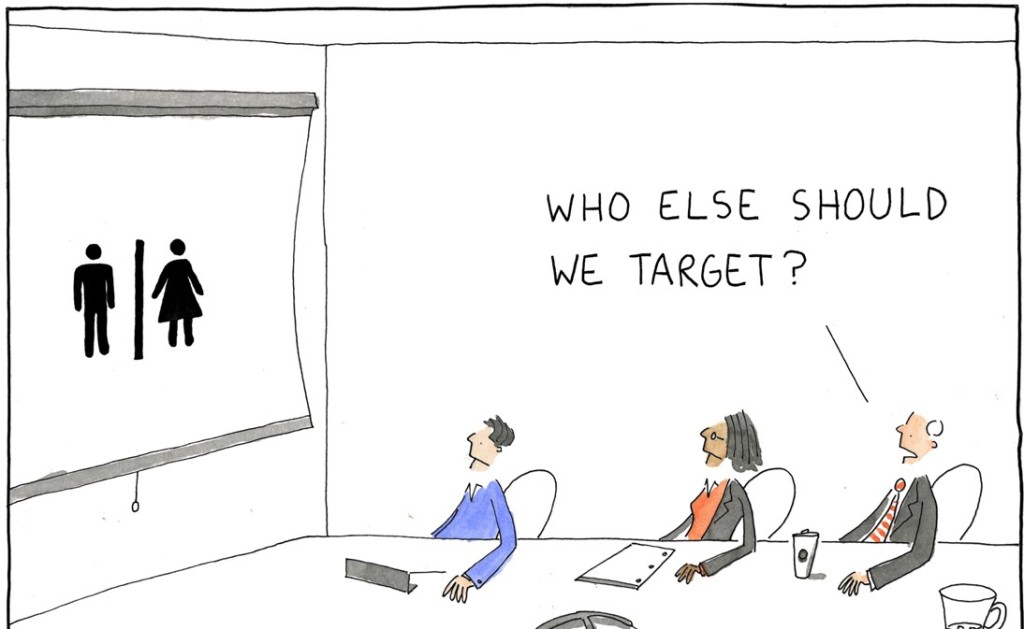What are the various types of customer segmentations and their respective attributes that help define target audience?

- Geographic: Where are they located?
- Region/State/Cities/Town/Village
- Rural/ Urban
- IP (internet)
- Language
- Demographic: Who are they? Census Data
- Age.
- Gender.
- Marital status.
- # of children
- Occupation.
- Income.
- Education
- Psychographic: What are their Needs?
- Interests
- Personality
- Lifestyle
- Social Status
- Activities, Interests, Opinions (AIO)
- Attitudes
- Values
- Tech Savviness
- Behavioral: What drives their Buying Process?
- Usage
- Benefits Sought
- Loyalty
- Actions Taken Online
- Stages
- Timing/ Occasion
- Buyer Readiness
- Affluence: Household Income:
- Globals: >10L
- Strivers: 5-10L
- Seekers: 2-5L
- Aspirers: .9-2L
- Deprived: <.9L
- Life Stage:
- Teenagers & Students
- Single Adults
- Childless Couple (rented Home)
- Childless Couple (Own Home)
- Young Families
- Single Parents
- Well Established Families
- Empty Nesters
- Retired
- Solitary Survivors
- Predictive: Historical Data
- Supervised Learning
- Unsupervised Learning
- Reinforced Learning
- Financial
- Financial holdings
- Financial Preference
- Financial Know how
- Engagement:
- DIY: Do it yourself
- DIFM: Do it for me
- DIWM: Do it with me
- DKCS: Don’t know can’t say
- Generational
- Gen Z
- Millenials
- Generation X
- Baby Boomers
- Silent Generation.
- Firmographics (B2B)
- Annual revenue
- Number of employees
- Industry
- Type of product – B2B or B2C
- Number of years in business
- Location